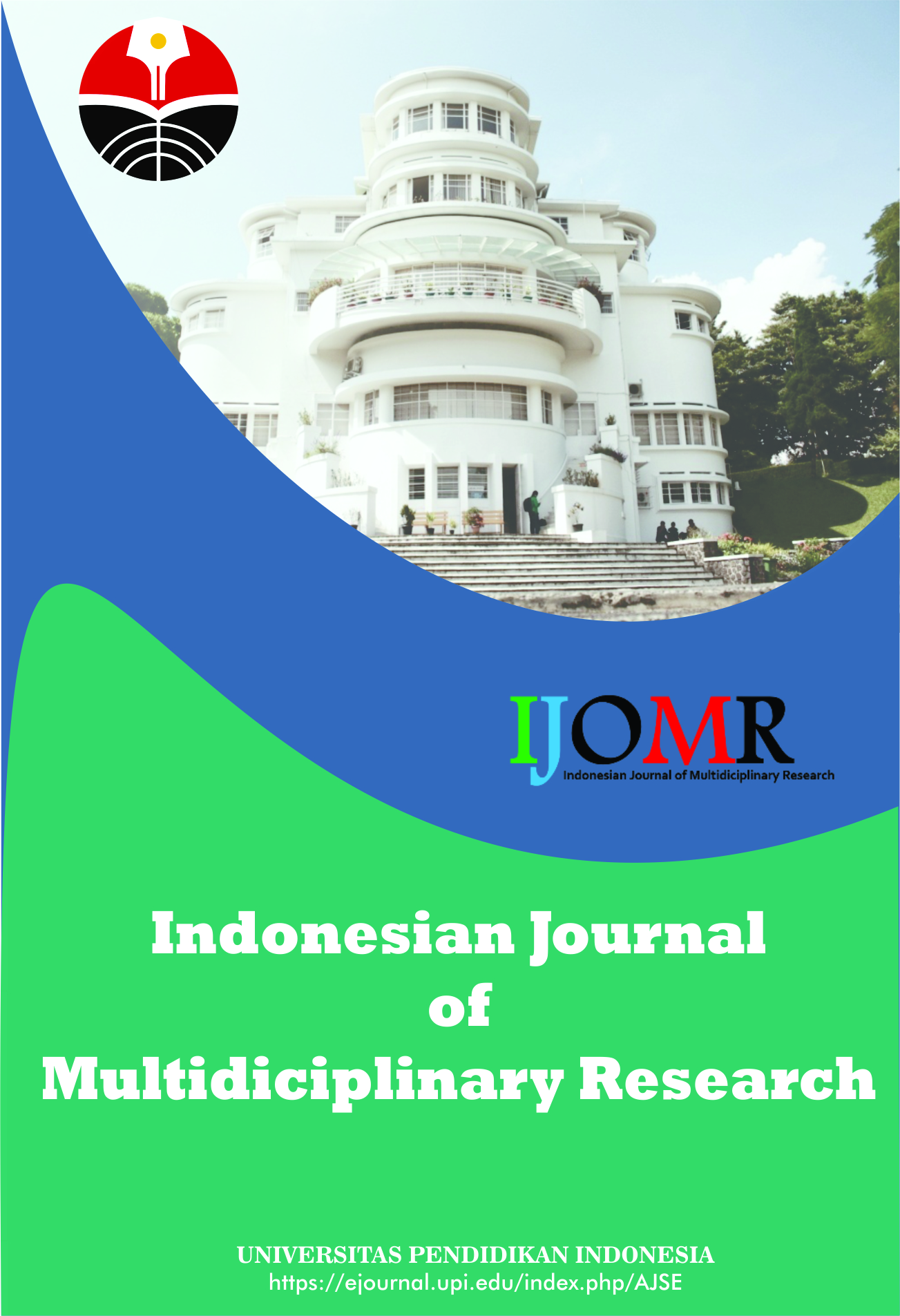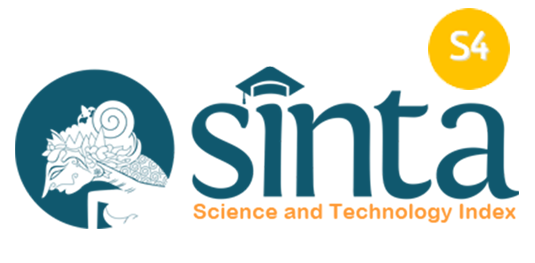Analysis of Adolescent Creative Thinking Skills Scale Based on Creative Personality Perspective
Abstract
Keywords
Full Text:
PDFReferences
Agustin, E. W. (2019). Development of curriculum 2013 as an effort to improve the quality of education in Indonesia. Advances in Social Science, Education and Humanities Research, 326(1), 178-182.
Amanda, L., Yanuar, F., and Devianto, D. (2019). Uji Validitas dan reliabilitas tingkat partisipasi politik masyarakat kota Padang. Jurnal Matematika Universitas Andalas, 8(1), 179-188.
Andriopoulos, C. (2003). Six paradoxes in managing creativity: An embracing act. Long Range Planning, 36(4), 375-388.
Cook, D. A., and Beckman, T. J. (2006). Current concepts in validity and reliability for psychometric instruments: theory and application. The American Journal of Medicine, 119(2), 166e7-166e17.
Craft, A. (2003). The limits to creativity in education: dilemmas for the educator. British Journal of Educational Studies, 51(2), 113-127.
Dirlanudin, D. (2006). Pengembangan bakat kreativitas anak. Jurnal Teknodik, 10(19), 174-187.
Djollong, A. F. (2014). Tehnik pelaksanaan penelitian kuantitatif. Istiqra: Jurnal Pendidikan dan Pemikiran Islam, 2(1), 1-15.
Grainger, P., Steffler, R., de Villiers Scheepers, M. J., Thiele, C., and Dole, S. (2019). Student negotiated learning, student agency and general capabilities in the 21st century: The deLorean project. The Australian Educational Researcher, 46 (3), 425-447.
Hasanah, A., Ilyas, A., and Afdal, A. (2018). Kreativitas siswa dan upaya guru bimbingan dan konseling/konselor dalam pengembangannya. Insight: Jurnal Bimbingan Konseling, 7(1), 1-8.
Holis, A. (2017). Peranan keluarga/orang tua dan sekolah dalam mengembangkan kreativitas anak usia dini. Jurnal Pendidikan Universitas Gajayana, 1(1), 22-43.
Karwowski, M., and Jankowska, D. M. (2016). Four faces of creativity at school. Nurturing Creativity in the Classroom, 1(1) 337-354.
Khamis, M. R., Abdullah, N., and Noranee, S. (2016). Does government incentive influence compliance behavior of business zakat among owners of SMES? An evidence via rasch measurement model. Advances in Business Research International Journal, 2(2), 1-16.
Kurniawan, B., Rahayu, R., Gita, R. R., Syahrani, Z. L., and Anugrah, Z. (2022). Pengaruh konseling behavioral terapi terhadap budaya Indonesia Timur. Syntax Literate: Jurnal Ilmiah Indonesia, 7(5), 6138-6148.
Nisa, R. M. (2018). Kreativitas dalam psikologi humanistik dan implikasinya dalam pendidikan. Hikmah: Jurnal Pendidikan Islam, 6(2), 259-280.
Qorib, M., Parjuangan, C. K. J., and Jaya, C. K. (2022). Kreativitas dalam perspektif teori humanistik rogers. Intiqad: Jurnal Agama dan Pendidikan Islam, 14(1), 159-176.
Setiawati, W. (2019). Increasing creativity of early childhood through origami playing activities. Jurnal Empowerment, 8(1), 81-89.
Siswono, T. Y. E. (2016). Berpikir kritis dan berpikir kreatif sebagai fokus pembelajaran matematika. Seminar Nasional Matematika dan Pendidikan Matematika, 5(1), 11-26.
Susanto, E., Novitasari, Y., and Yusuf, S. (2018). Development of creative personality inventory (CPI): Hypothetical concept. International Journal of Innovation, Creativity and Change, 4(2), 176-192.
Widiana, H., Mukhidin, M., and Astuti, W. P. (2017). The contribution of internet utilization and learning creativity on KKPI subjects in SMK negeri 2 Bandung. Advances in Social Science, Education and Humanities Research, 102(1), 286-294.
Yusri, F. (2017). Meningkatkan kreativitas untuk menaklukkan persaingan ketat di pasar bebas. Proceeding Institut Agama Islam Negeri Batusangkar, 1(1), 106-118.
Zakiah, N. E., Fatimah, A. T., and Sunaryo, Y. (2020). Implementasi project-based learning untuk mengeksplorasi kreativitas dan kemampuan berpikir kreatif matematis mahasiswa. Teorema: Teori dan Riset Matematika, 5(2), 285-293.
DOI: https://doi.org/10.17509/ijomr.v2i2.60056
Refbacks
- There are currently no refbacks.
Copyright (c) 2023 Kantor Jurnal dan Publikasi, Universitas Pendidikan Indonesia (UPI)

This work is licensed under a Creative Commons Attribution-ShareAlike 4.0 International License.
Indonesian Journal of Multidiciplinary Research (IJOMR) is published by Universitas Pendidikan Indonesia (UPI)















